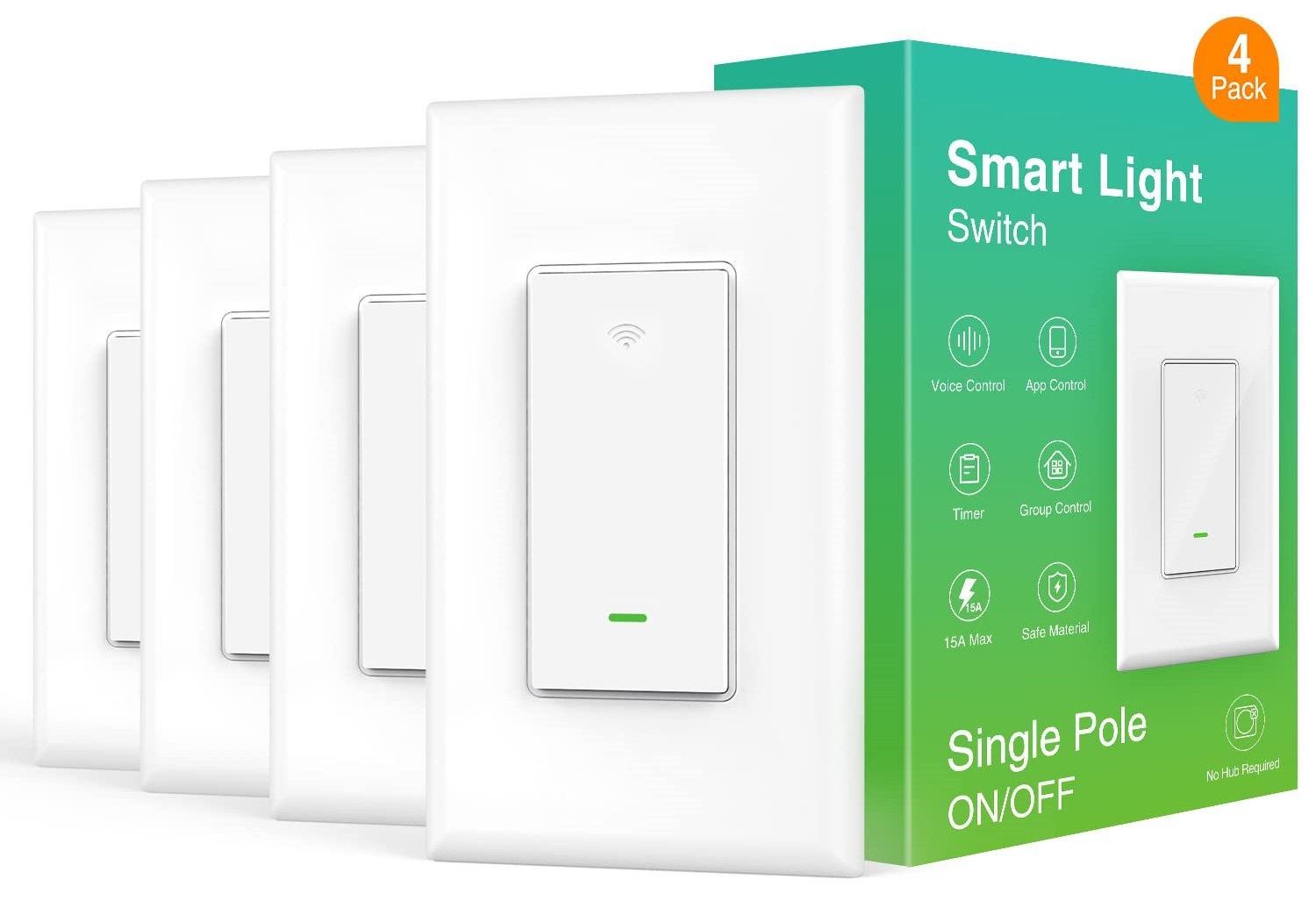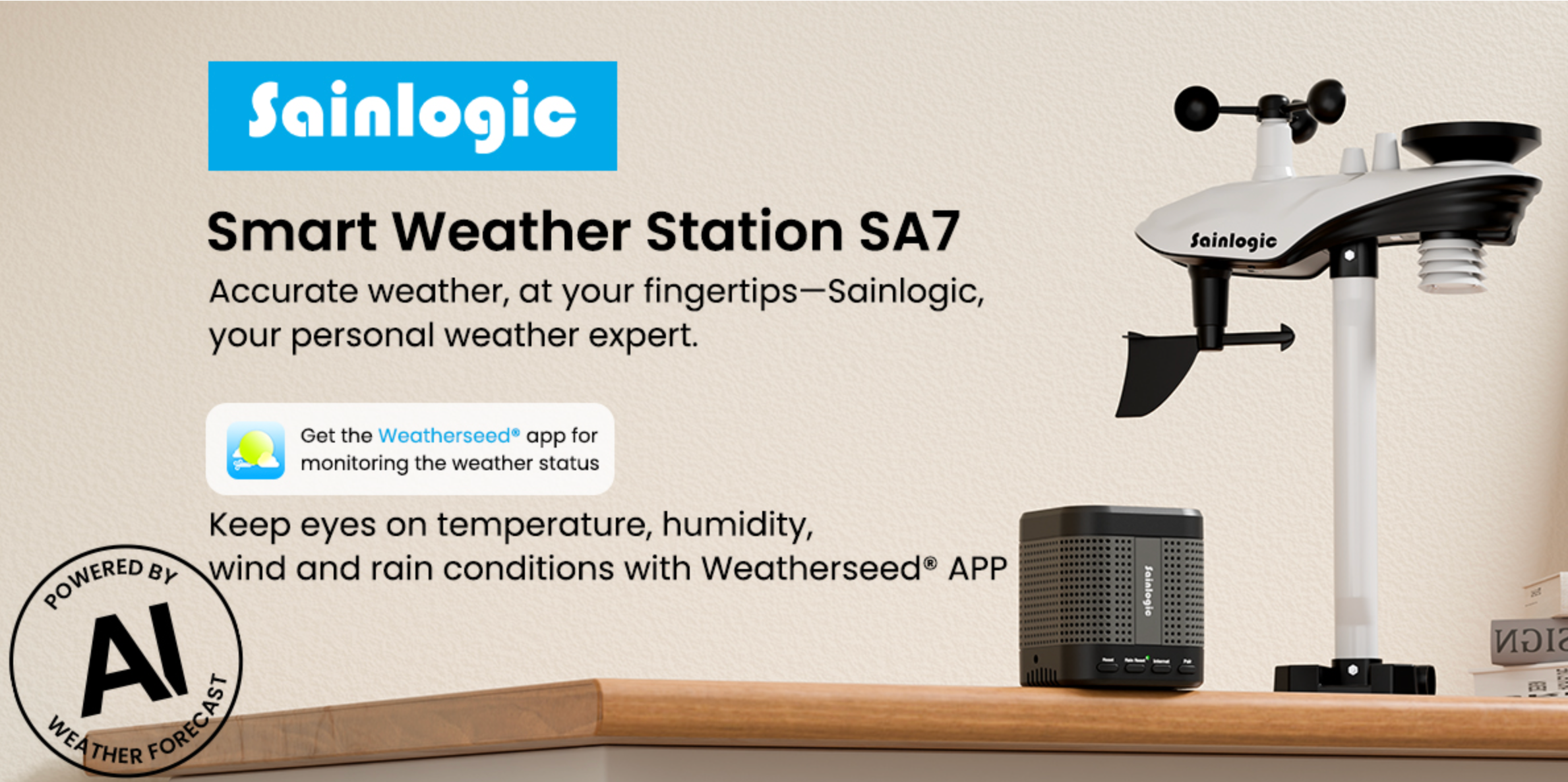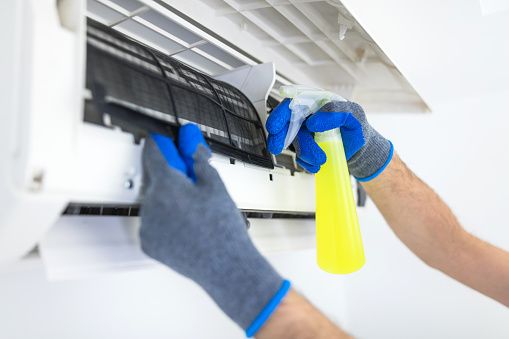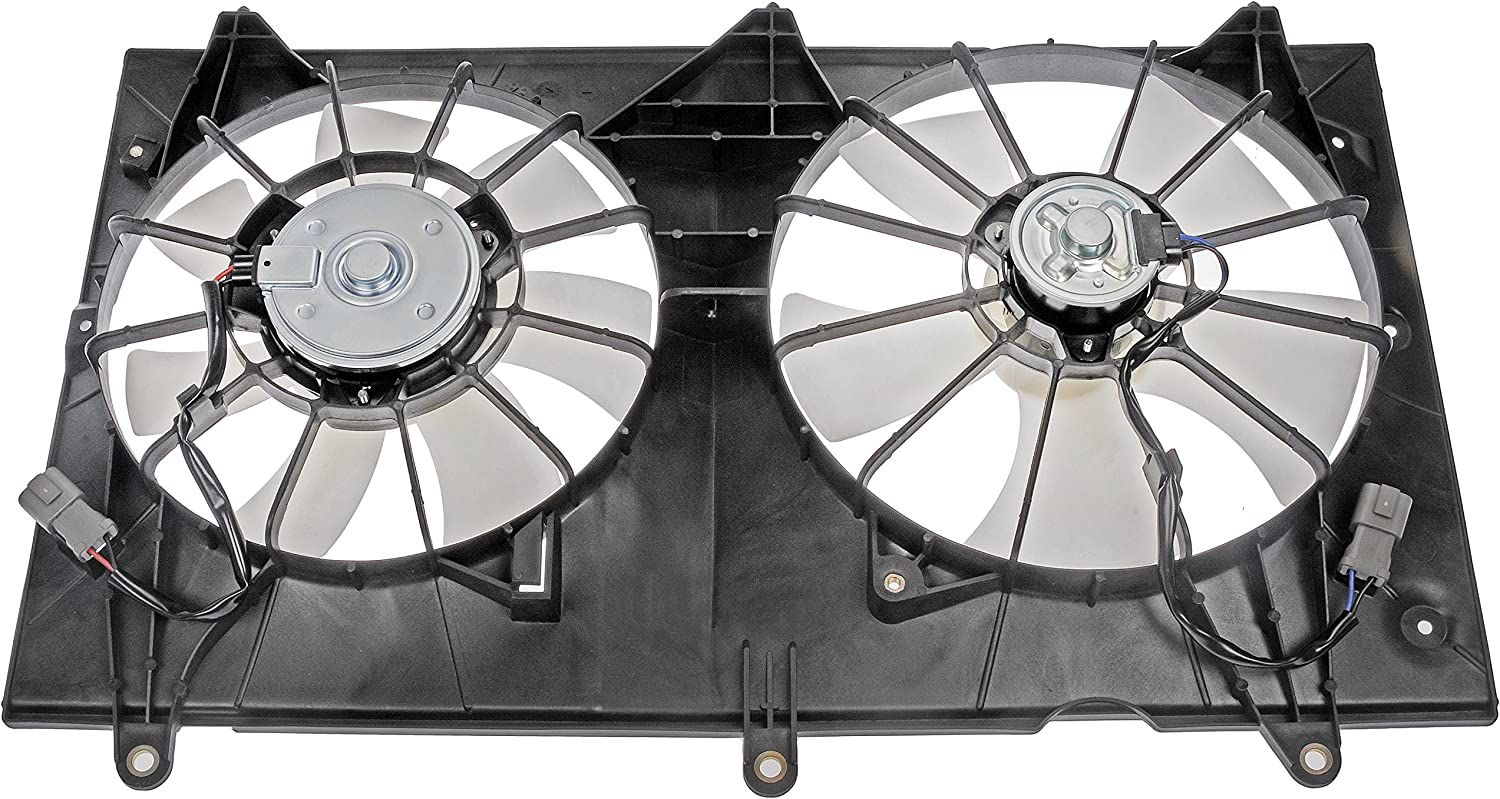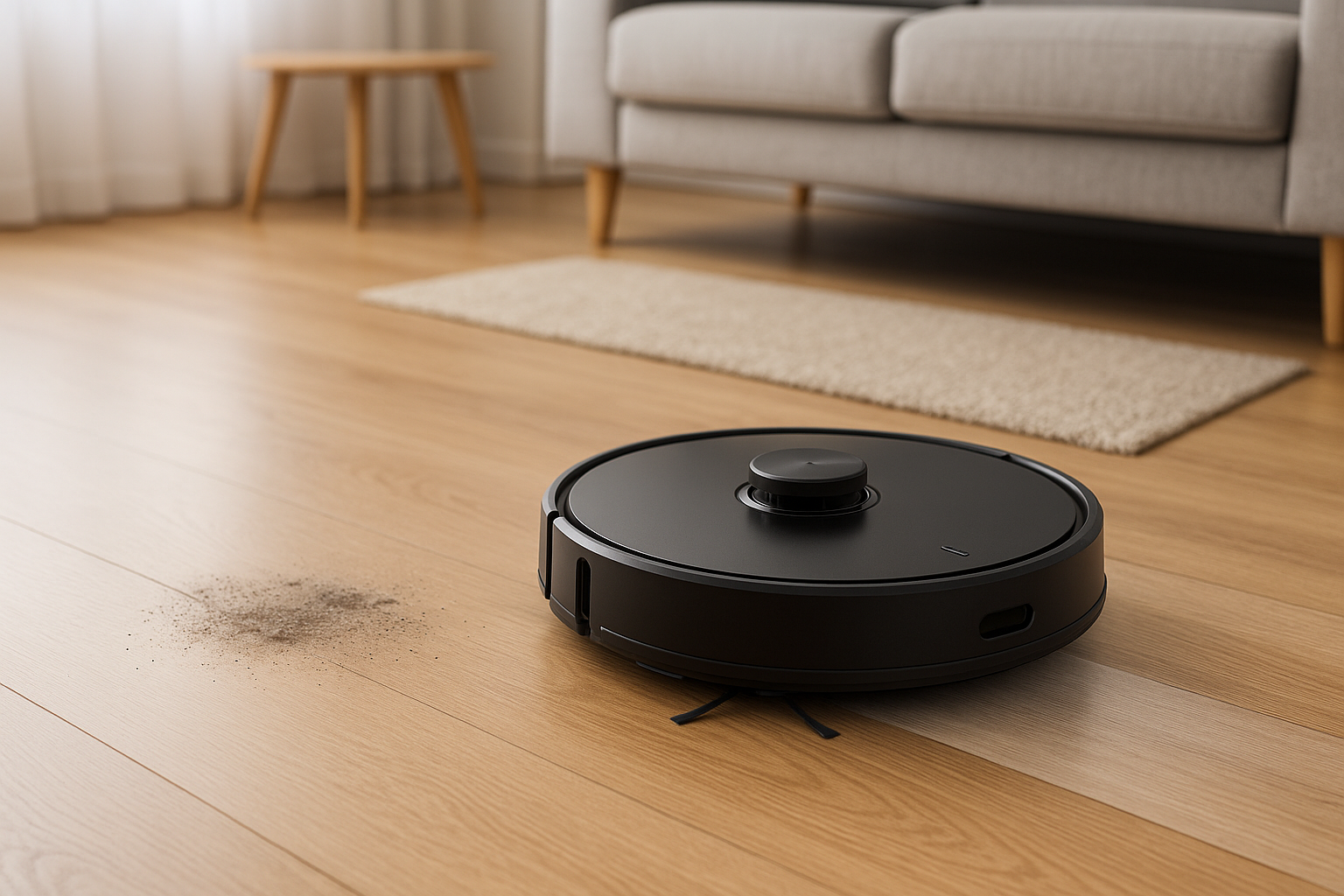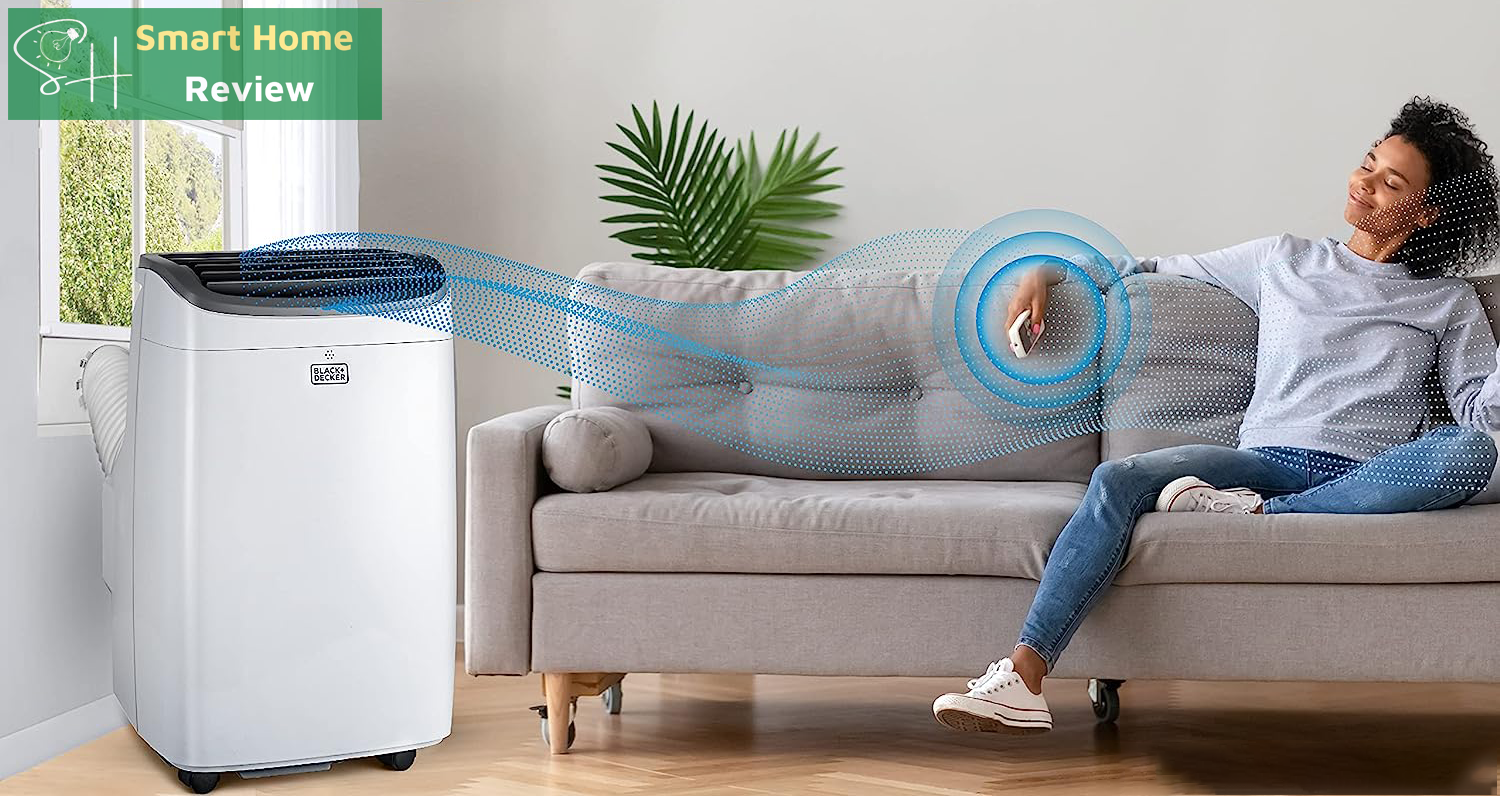
As the scorching summer heat sets in, finding effective ways to stay cool becomes a top priority. While central air conditioning systems are commonly used to cool down homes and offices, portable air conditioners have gained popularity due to their convenience and versatility. If you're considering investing in a portable air conditioner to beat the heat, it's essential to understand how to maximize its cooling efficiency. In this article, we will explore the key strategies and tips to make the most of your portable air conditioner and ensure optimal cooling performance. By following these guidelines, you'll be able to create a comfortable and refreshing environment without compromising on energy efficiency. Let's delve into the world of portable air conditioners and discover how to achieve the best cooling experience possible.
In today's fast-paced world, where temperatures can soar to uncomfortable levels during hot summer months, staying cool and comfortable is a top priority for many individuals and households. While central air conditioning systems are the go-to solution for cooling homes and offices, they can be costly and impractical in certain situations. This is where portable air conditioners come into play, offering flexibility, ease of use, and efficient cooling for specific areas or rooms.
Portable air conditioners have evolved significantly in recent years, incorporating advanced technologies to maximize cooling efficiency and provide a comfortable indoor environment. In this discussion, we will explore the importance of maximizing cooling efficiency and delve into the features that make the best portable air conditioners stand out in terms of performance, energy efficiency, and convenience.
Benefits of Maximizing Cooling Efficiency:
Efficient cooling not only ensures a comfortable living or working environment but also plays a vital role in minimizing energy consumption and reducing electricity bills. By maximizing cooling efficiency, portable air conditioners can effectively regulate room temperature while optimizing energy usage. This not only benefits the environment by reducing greenhouse gas emissions but also contributes to cost savings for users.

Key Factors for Maximizing Cooling Efficiency:
BTU Capacity: The British Thermal Unit (BTU) capacity of a portable air conditioner determines its cooling power. Choosing a unit with an appropriate BTU rating for the room size is crucial for efficient cooling. Undersized units may struggle to cool the area adequately, while oversized units may waste energy and create temperature imbalances.
Energy Efficiency Ratio (EER): The EER measures the cooling output of an air conditioner in relation to the electrical energy consumed. Higher EER ratings indicate greater energy efficiency. Opting for portable air conditioners with higher EER values can lead to significant energy savings without compromising cooling performance.
Programmable Thermostat and Timers: A programmable thermostat allows users to set specific temperature preferences and schedule cooling cycles according to their needs. This feature prevents unnecessary cooling and reduces energy consumption by adjusting the cooling operation based on occupancy and desired temperature settings.
Dual-Hose System: Portable air conditioners equipped with a dual-hose system are generally more efficient than single-hose models. The dual-hose configuration separates the intake and exhaust airflows, preventing the unit from drawing in warm air from outside, resulting in more effective cooling and faster cooling cycles.
Air Filtration: High-quality portable air conditioners incorporate advanced air filtration systems to improve indoor air quality. These filters trap dust, allergens, and other airborne particles, providing cleaner and healthier air while maintaining cooling efficiency.
When it comes to choosing a portable air conditioner, several key factors should be taken into consideration to ensure optimal cooling efficiency. In this section, we will discuss the important aspects to look for when selecting the best portable air conditioner for your needs.
Cooling Capacity
The cooling capacity, measured in BTUs (British Thermal Units), is a crucial factor to consider. It determines the unit's ability to cool a specific area effectively. Assess the size of the room or space you intend to cool and choose a portable air conditioner with an appropriate BTU rating. An undersized unit may struggle to cool the area adequately, while an oversized unit may lead to energy wastage and inefficient cooling.
Energy Efficiency
Energy efficiency is a vital consideration to reduce energy consumption and lower electricity bills. Look for portable air conditioners with high Energy Efficiency Ratio (EER) ratings. Higher EER values indicate that the unit provides more cooling output for each unit of electrical energy consumed. Opting for an energy-efficient model ensures that you can enjoy comfortable temperatures while minimizing the impact on your energy usage and costs.
Noise Level

Noise can be a significant concern, especially if you plan to use a portable air conditioner in a bedroom or an area where quietness is essential. Check the decibel (dB) rating of the unit to determine its noise level. Look for models with lower dB ratings, indicating quieter operation. Reading customer reviews can provide valuable insights into the noise levels experienced by actual users.
Evaluation and Customer Reviews
Before making a purchase, it is advisable to evaluate different portable air conditioner models. Compare their features, specifications, and prices to find the best fit for your requirements. Additionally, reading customer reviews can offer valuable firsthand experiences and insights into the performance, reliability, and user satisfaction of different models. Pay attention to both positive and negative reviews to make a well-informed decision.
High-Quality and Suitable Unit
Selecting a high-quality portable air conditioner is crucial for long-term performance and reliability. Look for reputable brands with a track record of producing reliable cooling solutions. Consider the build quality, durability, and warranty offered by the manufacturer. Additionally, ensure that the unit is suitable for your specific needs, taking into account factors such as the room size, available space for installation, and any specific features or requirements you may have.
Last part, selecting the best portable air conditioner involves considering factors such as cooling capacity, energy efficiency, and noise level. Evaluate different models, read customer reviews, and choose a high-quality and suitable unit to ensure optimal cooling efficiency. By making a well-informed decision, you can enjoy a comfortable and cool indoor environment while minimizing energy consumption and maximizing your satisfaction with the portable air conditioner.
Proper placement and installation of a portable air conditioner are crucial for maximizing its cooling efficiency and ensuring optimal performance. In this section, we will explore the significance of proper placement and provide guidelines for selecting an appropriate location. We will also outline the necessary steps for correctly installing the unit.
Importance of Proper Placement:
The placement of a portable air conditioner plays a vital role in its effectiveness. Placing the unit in the right location allows for efficient air circulation and heat dissipation. Proper placement ensures that the air conditioner can cool the desired area effectively without hindrances or obstructions. Incorrect placement can result in inefficient cooling, reduced airflow, and increased energy consumption.
Guidelines for Choosing an Appropriate Location:
a. Proximity to a Window: Portable air conditioners typically vent hot air through an exhaust hose. Therefore, it is advisable to place the unit near a window to facilitate the venting process. A window provides a convenient route for expelling hot air outside the room, allowing the air conditioner to cool the space more efficiently.
b. Access to an Open Space: Ensure that the chosen location has sufficient open space around the portable air conditioner. Adequate clearance allows for proper airflow and prevents the recirculation of warm air, resulting in better cooling performance. Avoid placing the unit in tight or congested areas that may impede the flow of air.
c. Consider Sunlight and Heat Sources: Avoid placing the portable air conditioner in direct sunlight or near heat-generating sources such as electronics, appliances, or lamps. Excessive heat from these sources can interfere with the air conditioner's cooling efficiency and lead to higher energy consumption.

Steps for Correct Installation:
a. Secure the Exhaust Hose: Attach the exhaust hose securely to the unit's exhaust port. Ensure that it is tightly connected to prevent any air leaks or hot air recirculation. Extend the hose towards the window or designated venting area, keeping it as straight and short as possible to minimize airflow restrictions.
b. Window Sealing: Use a window installation kit or a sealing accessory to create a proper seal around the window opening. This prevents warm air from entering the room and ensures that the exhaust hose vents the hot air outside effectively.
c. Insulate Gaps: Check for any gaps or spaces around the window or installation area. Insulate these gaps using weatherstripping or foam insulation to prevent the leakage of cool air and the entry of warm air.
d. Power and Safety: Connect the portable air conditioner to a dedicated electrical outlet that can handle its power requirements. Ensure that the power cord is not pinched or damaged during installation. Adhere to all safety guidelines provided by the manufacturer to prevent accidents or electrical hazards.
Ending, proper placement and installation of a portable air conditioner are crucial for its optimal cooling performance. By selecting an appropriate location near a window or open space, and correctly installing the unit by securing the exhaust hose and ensuring a proper seal, you can maximize cooling efficiency, prevent energy wastage, and enjoy a comfortable and cool indoor environment. Follow the provided guidelines and manufacturer's instructions to achieve the best results from your portable air conditioner.
Proper airflow and ventilation are essential for maximizing the efficiency of a portable air conditioner. In this section, we will explore the significance of maintaining adequate airflow and provide tips on how to clear obstructions around the unit. We will also emphasize the importance of regular air filter cleaning or replacement to ensure optimal ventilation.
Significance of Maintaining Proper Airflow:
Efficient cooling relies on the smooth circulation of air in the room. Proper airflow ensures that cool air is distributed evenly and reaches all areas, while hot air is effectively exhausted. Maintaining unobstructed airflow allows the portable air conditioner to cool the space more effectively, reduces strain on the unit, and promotes energy efficiency.
Tips on Clearing Obstructions:
a. Furniture Placement: Check the area around the portable air conditioner and ensure that there are no obstructions such as furniture blocking the airflow. Rearrange furniture to allow unrestricted airflow from the unit and prevent the buildup of warm air pockets.
b. Curtain Management: Make sure that curtains or drapes are not obstructing the airflow from the air conditioner. Keep them away from the unit, ensuring that cool air can flow freely into the room. If necessary, use curtain tiebacks or adjust the position of curtains to facilitate proper ventilation.
c. Clearing Pathways: Remove any objects or clutter that may impede the airflow around the portable air conditioner. Ensure that there are no items blocking the intake or exhaust vents of the unit. Clearing the pathways allows for smooth air circulation and prevents the recirculation of warm air.
Importance of Regular Air Filter Cleaning or Replacement:
Air filters in portable air conditioners play a crucial role in maintaining optimal ventilation and indoor air quality. Over time, these filters can accumulate dust, debris, and allergens, hindering airflow and reducing cooling efficiency. It is important to clean or replace the air filters regularly, following the manufacturer's recommendations. Cleaning reusable filters or replacing disposable ones ensures that the air conditioner can draw in clean air and expel cooled air efficiently.
Regular maintenance of air filters also prevents the buildup of pollutants, improves indoor air quality, and reduces the risk of respiratory issues. Clean filters contribute to the longevity of the unit and help maintain its optimal performance.
Summation, maintaining proper airflow, and ventilation are vital for the efficient operation of a portable air conditioner. Clearing obstructions, such as furniture and curtains, allows for unimpeded airflow, while regular cleaning or replacement of air filters ensures optimal ventilation and indoor air quality. By following these tips and incorporating regular maintenance practices, you can enhance cooling efficiency, prolong the lifespan of the unit, and enjoy a comfortable and well-ventilated indoor environment.
The temperature and fan settings of a portable air conditioner have a significant impact on cooling efficiency. In this section, we will explore the influence of temperature and fan settings, provide recommendations for optimal settings, and discuss the benefits of utilizing programmable timers and sleep modes.

Impact of Temperature and Fan Settings on Cooling Efficiency:
a. Temperature Setting: The desired temperature setting directly affects the cooling efficiency of the air conditioner. Setting the temperature too low can result in excessive energy consumption, while setting it too high may compromise comfort. Finding the right balance is crucial for both efficient cooling and energy conservation.
b. Fan Speed Setting: The fan speed setting determines the airflow rate produced by the portable air conditioner. Higher fan speeds can enhance the circulation of cooled air, but they may also consume more energy. Adjusting the fan speed based on personal comfort requirements and room size can optimize cooling efficiency and minimize energy usage.
Recommendations for Setting the Desired Temperature and Adjusting Fan Speed:
a. Temperature: Set the temperature at a comfortable level that suits your preferences while avoiding excessive cooling. Gradually increase the temperature setting until you reach a point where you feel comfortable without overworking the air conditioner.
b. Fan Speed: Start with a moderate fan speed setting and assess the cooling performance. If the cooling is sufficient, maintain the moderate setting to balance comfort and energy consumption. Increase the fan speed if more airflow is required in larger rooms or during exceptionally hot periods.
Benefits of Utilizing Programmable Timers and Sleep Modes:
a. Programmable Timers: Many portable air conditioners offer programmable timer features, allowing you to set specific operation times. Utilize these timers to cool the room before you arrive, ensuring energy efficiency by avoiding unnecessary operation when the space is unoccupied. Programming the air conditioner to automatically turn off during periods when cooling is not required can lead to significant energy savings.
b. Sleep Modes: Sleep modes are designed to provide optimal comfort during nighttime use while conserving energy. These modes gradually adjust the temperature and fan settings to maintain a comfortable sleeping environment without overcooling or consuming excess energy. Sleep modes also often feature quieter operations to minimize disruptions during sleep.
By utilizing programmable timers and sleep modes, you can optimize cooling efficiency, personalize the temperature and fan settings, and reduce energy consumption, all while ensuring a comfortable indoor environment.
To further enhance the cooling efficiency of your portable air conditioner, consider implementing these measures:
Use Blackout Curtains or Reflective Window Films:
Invest in blackout curtains or apply reflective window films to prevent heat from entering your space. These solutions effectively block sunlight and minimize heat gain, allowing your air conditioner to cool the room more efficiently.
Utilize Ceiling Fans or Portable Fans:
Ceiling fans or portable fans can complement the cooling effect of your air conditioner by circulating cool air throughout the room. The airflow created by fans helps distribute cooled air more evenly, providing enhanced comfort and reducing the workload on the air conditioner.
Maintain Proper Insulation and Seal Air Leaks:
Ensure that your space is properly insulated to prevent cool air from escaping and warm air from seeping in. Insulate doors, windows, and any other areas prone to air leaks. By sealing these gaps, you can retain cool air and optimize the performance of your portable air conditioner.

Optimizing energy usage is not only beneficial for your wallet but also for the environment. Follow these energy-saving tips to make the most of your portable air conditioner:
Use the Unit Only When Necessary:
Turn on the air conditioner only when you are present in the room. Avoid leaving it running unnecessarily to conserve energy and reduce electricity costs.
Set Higher Temperature Settings When Not at Home:
When you leave the house, increase the temperature setting on your portable air conditioner. This adjustment ensures energy is not wasted on cooling an unoccupied space while still maintaining a comfortable indoor temperature upon your return.
Utilize Energy-Saving Modes and Features:
Take advantage of the energy-saving modes and features available on your portable air conditioner. These modes optimize cooling performance while minimizing energy consumption. Features like programmable timers and sleep modes can help you save energy by adjusting operation times and settings according to your needs.
Sometimes, you may encounter common issues with your portable air conditioner. Here are some troubleshooting tips to address minor problems:
Water Leakage:
If you notice water leakage, ensure that the unit is level and not tilted. Clean the drain pan and check if the drainage pipe is clogged. Clear any obstructions and ensure proper drainage to prevent water leakage.

Inadequate Cooling:
If your portable air conditioner is not cooling effectively, check if the air filters are dirty or blocked. Clean or replace them as necessary. Ensure that there are no obstructions blocking the airflow and that the unit is properly sized for the room.
For more complex issues or if troubleshooting does not resolve the problem, it is advisable to seek professional assistance from a qualified technician.
Related Posts:
10 The Best Portable Air Conditioners We've Tested 2023 I SHR
The 10 Best Portable Air Conditioner - Best Deals in 2023
10 The Best Home Portable Air Conditioner: Buyer’s Guide In 2023
In conclusion, maximizing cooling efficiency with the best portable air conditioner is essential for creating a comfortable indoor environment during the hot summer months. By considering factors such as cooling capacity, energy efficiency, and noise level when selecting a unit, you can ensure optimal cooling performance. Proper placement and installation play a crucial role in maximizing efficiency and guidelines for choosing an appropriate location and correctly installing the unit should be followed.
Maintaining airflow and ventilation by clearing obstructions and regularly cleaning or replacing air filters is vital for optimal cooling and ventilation. Temperature and fan settings also impact cooling efficiency, and recommendations for setting the desired temperature, adjusting fan speed, and utilizing programmable timers and sleep modes can further enhance performance.
To optimize energy savings, it is important to utilize energy-saving tips such as using the portable air conditioner only when necessary, setting higher temperature settings when not at home, and taking advantage of energy-saving modes and features.
Lastly, troubleshooting common issues with the portable air conditioner ensures its proper functioning. By addressing minor problems and seeking professional assistance for complex issues, you can maintain the unit's performance and longevity.


